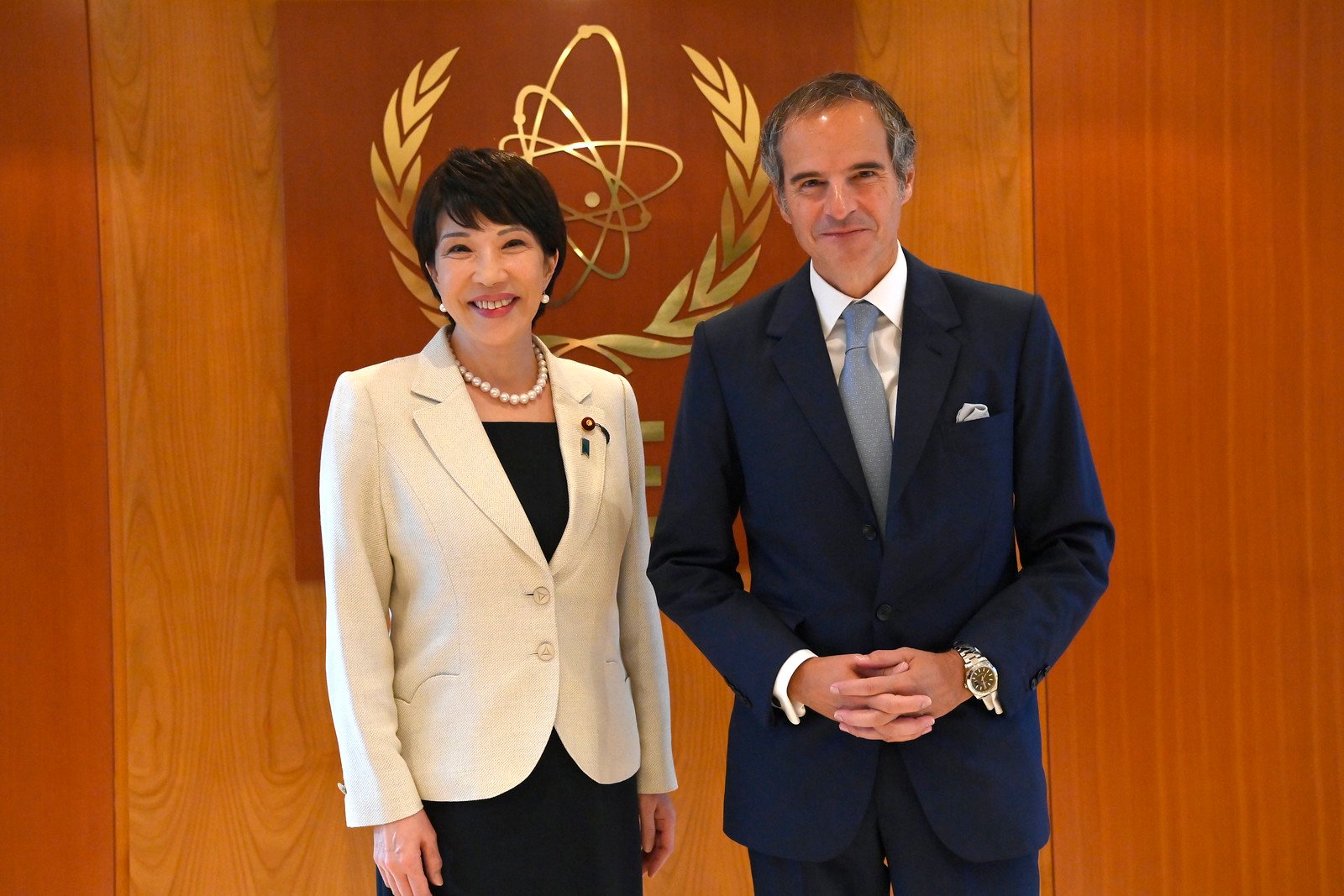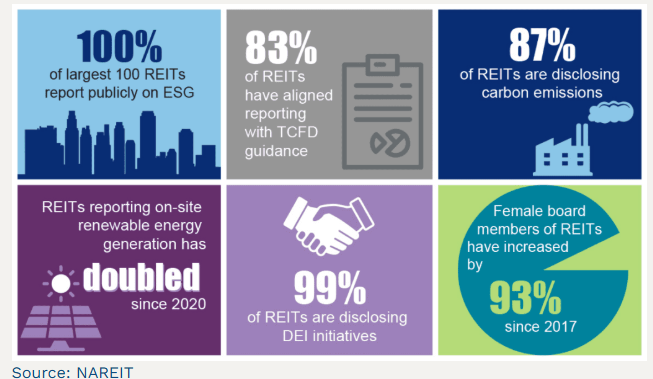CC BY 2.0 H.E Sanae Takaichi and Rafael Mariano Grossi, Director General, the International Atomic Energy Agency. Dr. Grossi was president‐designate of the 2020 Review Conference of the Parties to the Treaty on the Non‐Proliferation of Nuclear Weapons.
TOKYO — As Japan’s Liberal Democratic Party prepares for its next leadership contest, Economic Security Minister Sanae Takaichi stands as a formidable contender to shatter one of the nation’s most enduring glass ceilings. Yet her path to becoming Japan’s first female prime minister remains fraught with institutional resistance and behind-the-scenes maneuvering that has long characterized Japanese politics.
Takaichi declared during a recent policy speech,
“I have the experience, the policy knowledge, and the determination to lead Japan through these challenging times. Gender should not be a barrier to leadership in the 21st century.
Takaichi, 63, has emerged as a polarizing figure within the LDP. A political veteran who first entered parliament in 1993, she has served in multiple cabinet positions and earned recognition as Japan’s first female Internal Affairs Minister. Her hawkish nationalist stance and close alignment with former Prime Minister Shinzo Abe’s conservative vision have secured her a devoted following among the party’s right wing.
However, political analysts suggest that gender remains precisely such a barrier within the LDP’s traditionally male-dominated power structure. Despite Japan’s international commitments to gender equality, women comprise less than 10% of the national legislature, one of the lowest rates among developed nations.
“The LDP’s factional system operates through personal networks built over decades in exclusive settings where women have historically been absent,” explains Dr. Yuki Masuda, a political scientist at Waseda University. “Even a candidate as qualified as Takaichi, faces invisible walls constructed by these informal power brokers.”
Japan’s Patriarchal Legacy: From Feudal Lords to Modern Rebellion
The roots of Japan’s political gender gap extend deep into centuries of rigid patriarchy. During the feudal era, samurai culture and the ie system enshrined male primacy, with land and power passing exclusively through male heirs while women existed as legal dependents. The Meiji Restoration codified these traditions into civil law, explicitly excluding women from property rights and political participation. Even Japan’s criminal underworld, the yakuza, operated as an exclusively male hierarchy that reinforced masculine codes of honor and violence throughout society.
Post-war reforms granted women legal equality, yet cultural expectations proved more resistant to change. The “good wife, wise mother” ideal persisted, pressuring women to abandon careers upon marriage to focus on homemaking and child-rearing. Corporate Japan’s infamous “office lady” system relegated educated women to tea-serving and clerical roles while reserving management tracks for men.
Today, however, a quiet revolution is underway. Increasing numbers of young Japanese women are rejecting traditional life paths entirely, choosing careers over marriage and motherhood. Japan’s marriage rate has plummeted to historic lows, while the average age of first marriage continues rising. Many women cite the impossible expectations—maintaining careers while shouldering near-total domestic and childcare responsibilities—as incompatible with fulfilling lives.
“Why would I want to marry and double my workload?” asks 29-year-old Tokyo professional Yuki Tanaka, echoing sentiments common among her generation.
This demographic shift has contributed to Japan’s declining birthrate and aging crisis, yet younger women increasingly view their autonomy as non-negotiable, regardless of societal pressure or nationalist appeals to produce children for the nation’s future.
The stakes extend beyond party politics. Japan ranks 118th out of 146 countries in the World Economic Forum’s Global Gender Gap Index, with political representation remaining its weakest dimension. A Takaichi premiership could inspire broader changes in Japanese corporate and political culture—or merely tokenize women’s leadership without systemic reform.
“Male politicians with similar ideological positions face far less scrutiny about their electability,” argues Representative Tomomi Inada, a fellow conservative lawmaker. “The concerns about Takaichi often mask deeper discomfort with female leadership.”
The so-called “backroom antagonists” include influential faction leaders who control voting blocs within the party. These kingmakers traditionally prefer candidates they can reliably influence—a dynamic that has disadvantaged outsiders and reformers regardless of gender. Takaichi’s ideological rigidity and refusal to moderate her conservative positions may further alienate centrist factions crucial for securing victory.
Recent polling shows mixed public sentiment. While many Japanese citizens express readiness for a female prime minister in principle, Takaichi’s specific policy positions—including her controversial visits to Yasukuni Shrine and advocacy for constitutional revision—polarize voters across gender lines.
As the LDP leadership race intensifies, Takaichi’s candidacy represents both historic possibility and entrenched resistance. Whether she can navigate the party’s labyrinthine factional politics to claim the premiership remains uncertain, but her campaign has already exposed the enduring contradictions between Japan’s democratic ideals and its political realities.






















